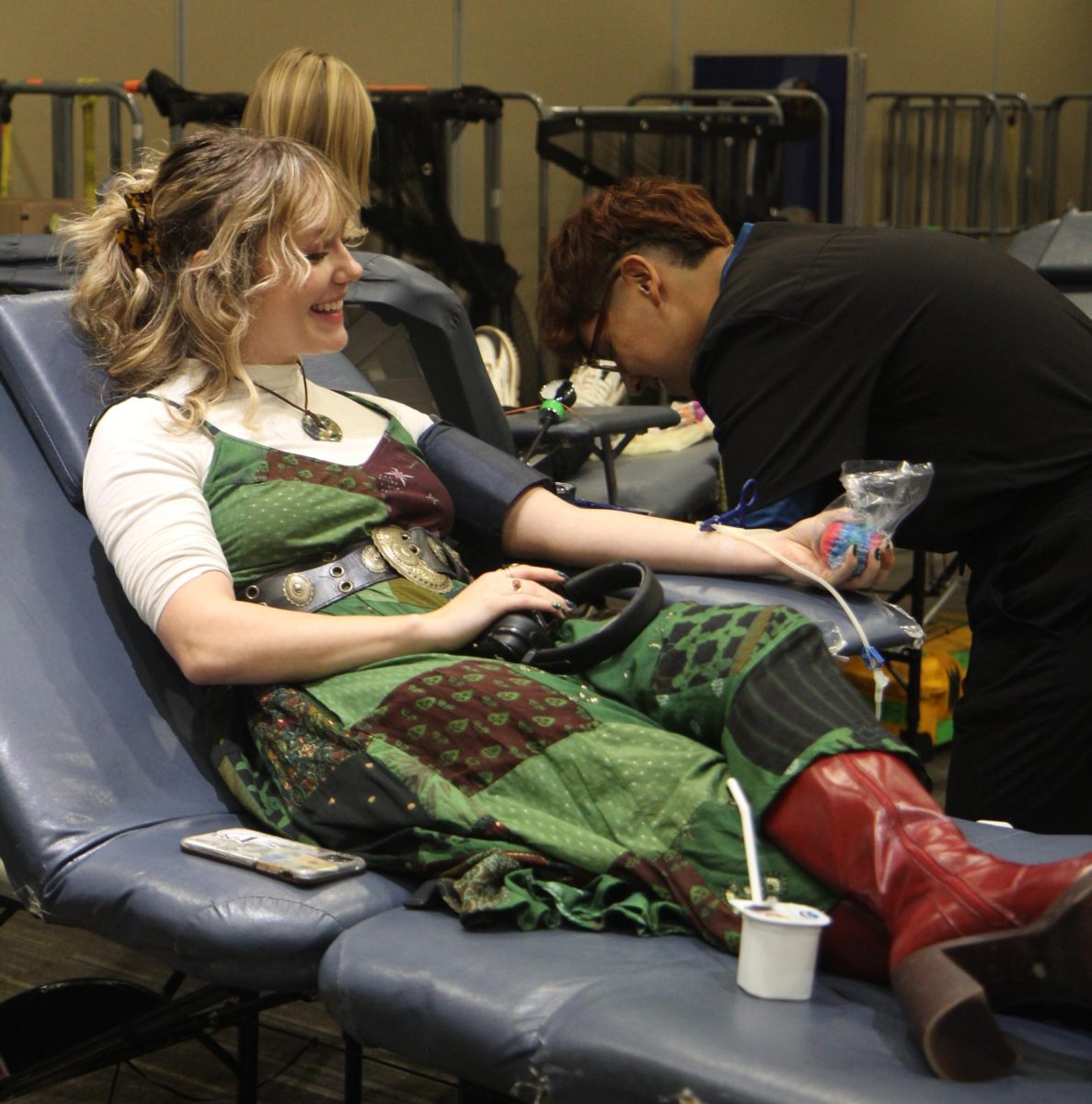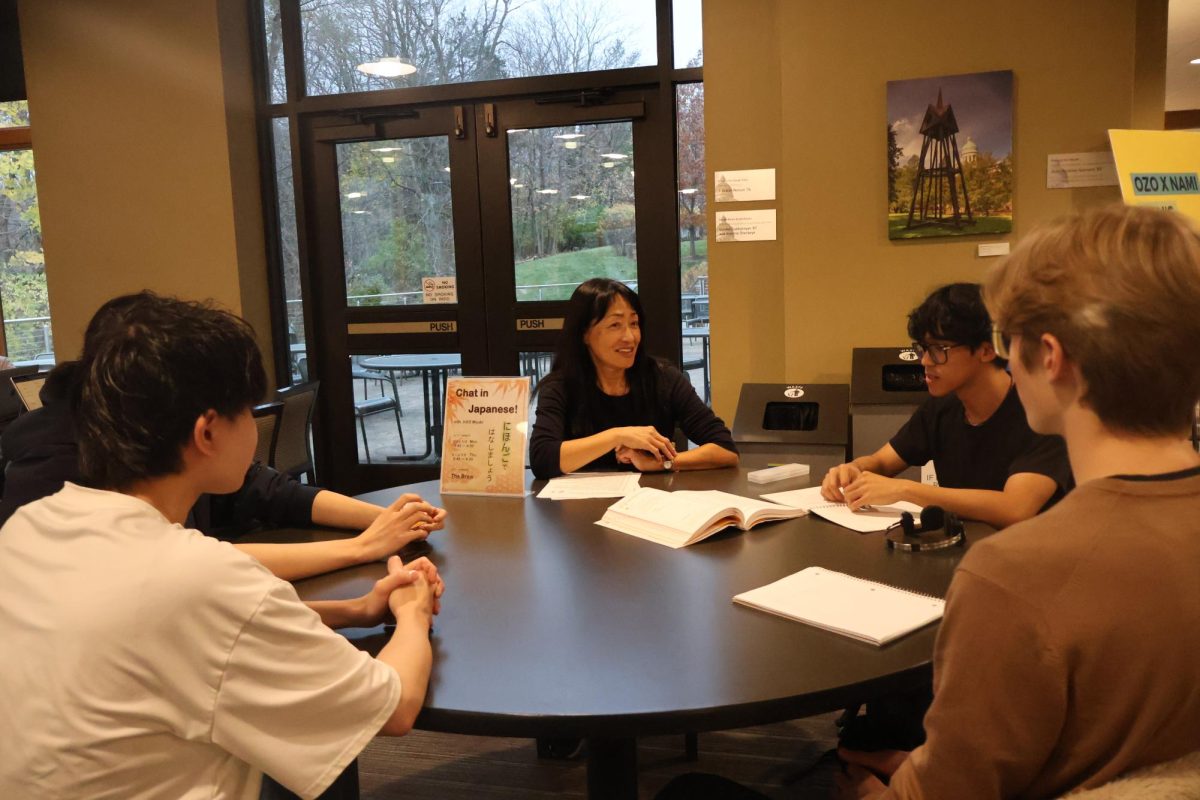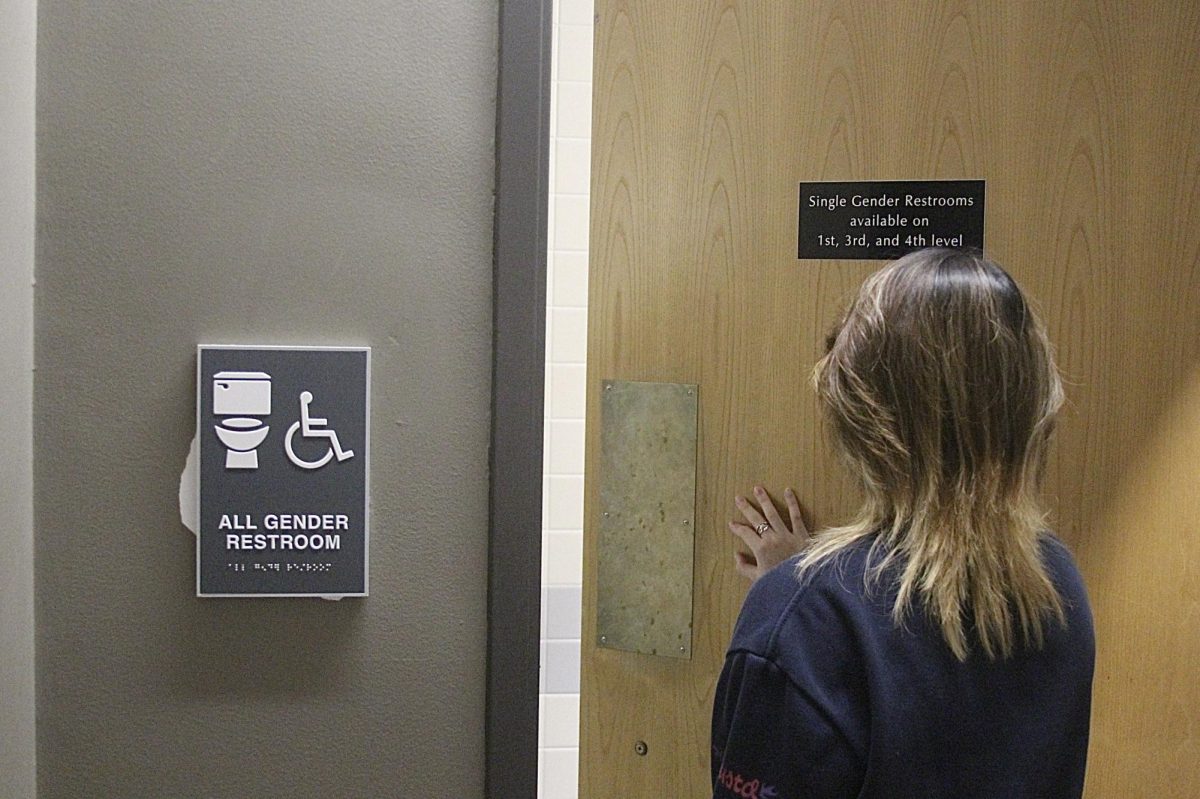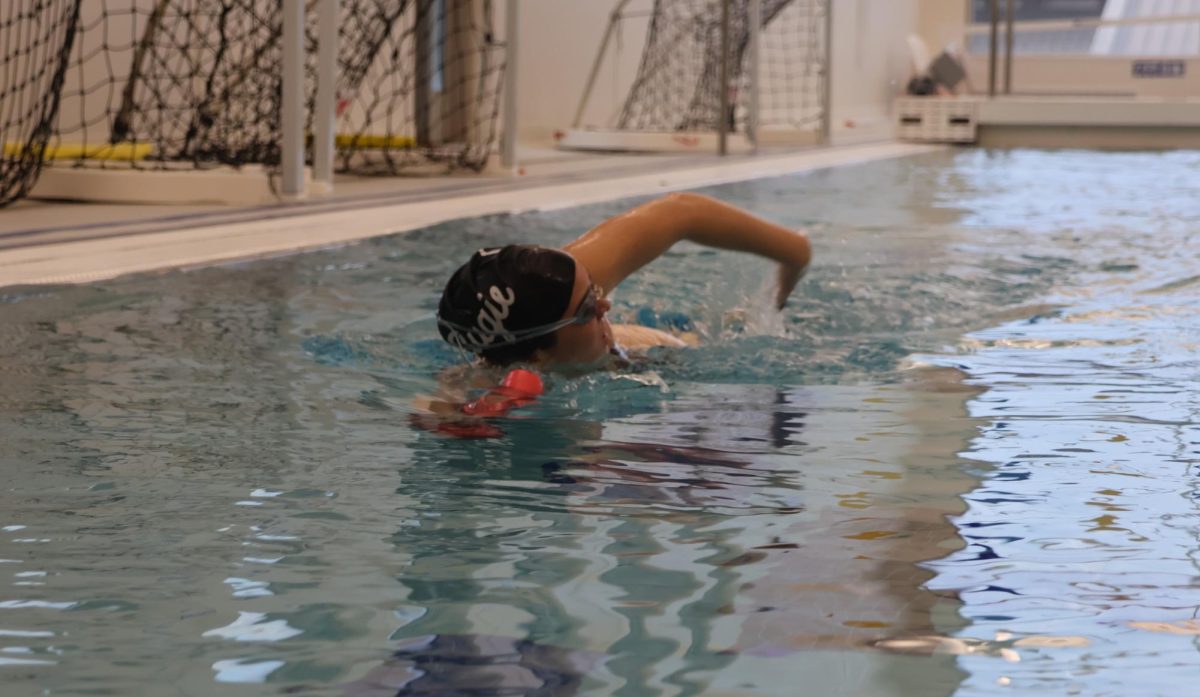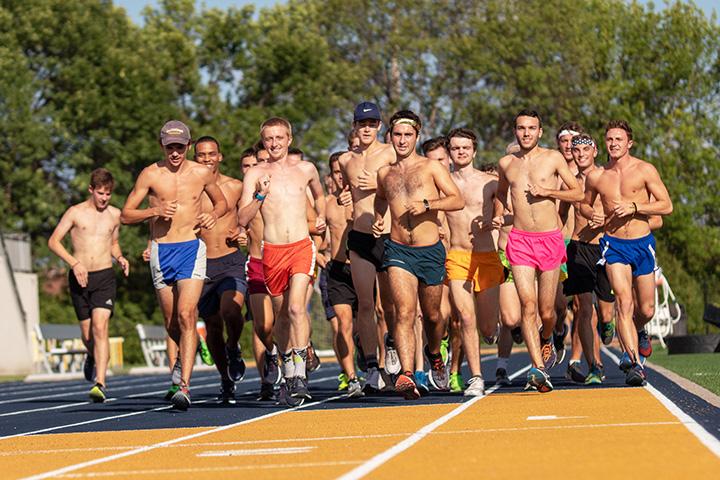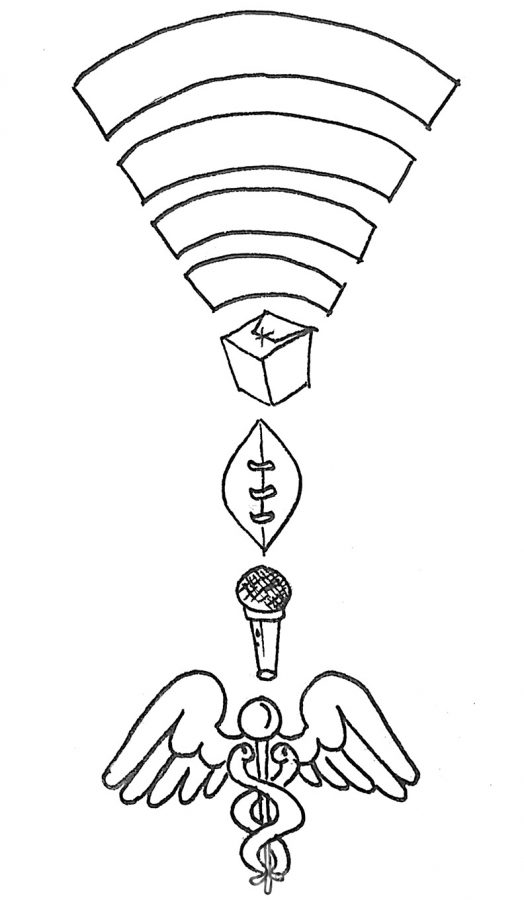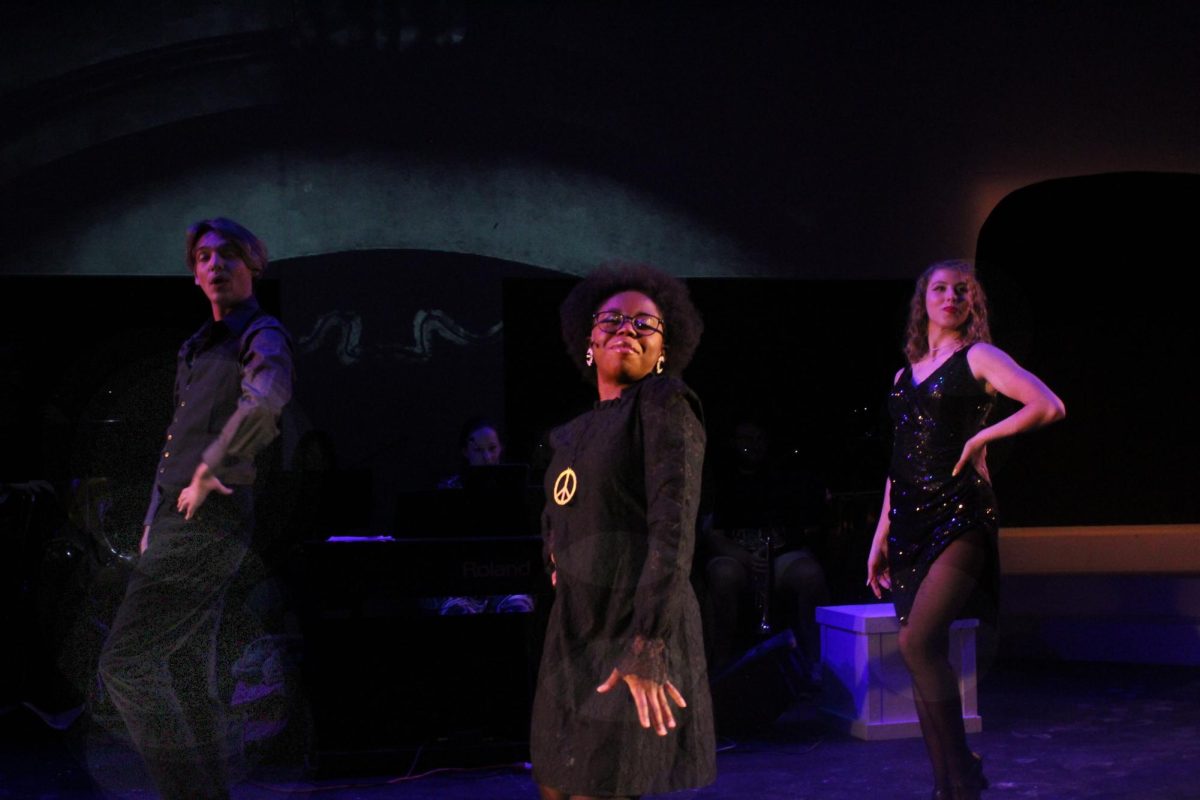As talk spreads about the COVID-19 vaccine, now is a good time to reflect on some recent innovations that have come about as a result of the pandemic.
- Widespread accessibility to online events
With the inability to gather in large crowds, some groups and individuals have found new ways to spread their art through previously unexplored methods, creating brand new viewing experiences that anyone can see for a small price. Artists like Billie Eilish and AJR are changing what an online experience means, creating high-quality virtual concerts.
Even on campus we have seen several events taped for the viewing pleasure of students, staff and whomever else wishes to see.he most recent case of this being the recording of “The Curious Incident of the Dog in the Night-Time.” Seeing events live is still quite missed, but being able to view events online gives new ways to experience these sorts of media. Moreover, it allows those who wouldn’t typically be able to see in-person events for various reasons to experience them in a much more accessible way.
2. Popularity of contactless delivery
Contactless delivery has changed the way that many people shop. Gone are the days of face-to-face interactions with strangers when trying to get weekly groceries from the store or a pizza delivered to your home. Instead, you can have someone simply put it into your car or drop it off at your door, keeping you safe from contacting anyone with the virus. This speeds up the shopping process and allows people to quickly be on their way, and it has definitely changed how some people will do their shopping from now on.
3. Alternative marketing for politicians
When large in-person gatherings are a no-go, people need to find other ways to gain support and attention from the public. Some found rather innovative ways of doing this, such as Joe Biden using “Animal Crossing: New Horizons” to promote his presidential campaign with a political-themed island anyone could visit. Or Alexandria Ocasio-Cortez streaming “Among Us” on Twitch with various well-known streamers. These methods allow candidates to connect with demographics they otherwise would leave on the sidelines and stand out from their competition.
4. Virus-tracking and symptom alerting applications
From CampusClear, used to report symptoms, to apps notifying citizens of possible exposure to COVID-19, there has not been a more intriguing time to watch the development of how applications are helping us stay safe. Not every state has widespread technology to track contact tracing, but even check-in applications have allowed certain places to figure out how to go about opening up while controlling the spread of the virus.
Something much more experimental is the use of technology to look for possible symptoms of COVID-19. Although the utility of some are questionable, MIT’s new app can potentially tell if someone has COVID-19 from the sound of their cough. It goes to show just how powerful these applications are. This is making artificial intelligence essential in the future of testing for various diseases.
5. Institutionalized online hospital visits
While the virus still rampages through hospitals, it’s difficult for many to feel safe going into health centers when experiencing any signs of sickness. That’s where online appointments come into play, revolutionizing the way that doctor’s visits are done. It may be a little daunting, but the ability to speak to a doctor on the phone about symptoms and get a diagnosis has helped keep many from going to clinics. Thus, preventing the possibility of getting or spreading COVID-19. Even after the pandemic, the ability to schedule appointments online will certainly be popular among many individuals.
Graphic by Phoenix Agyepong.
